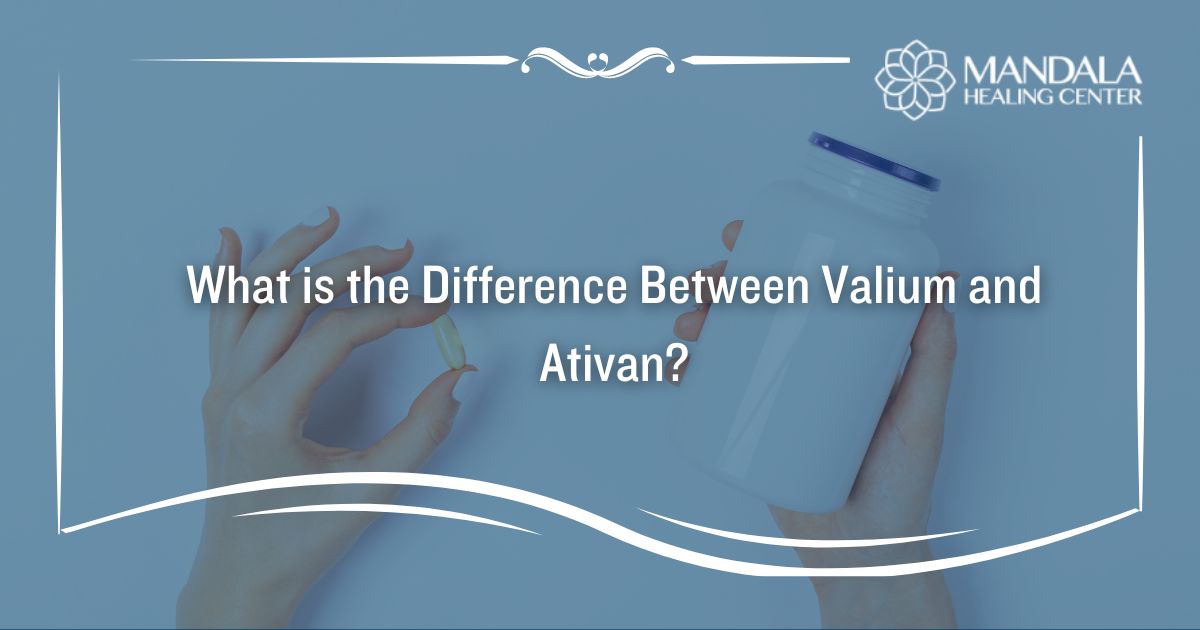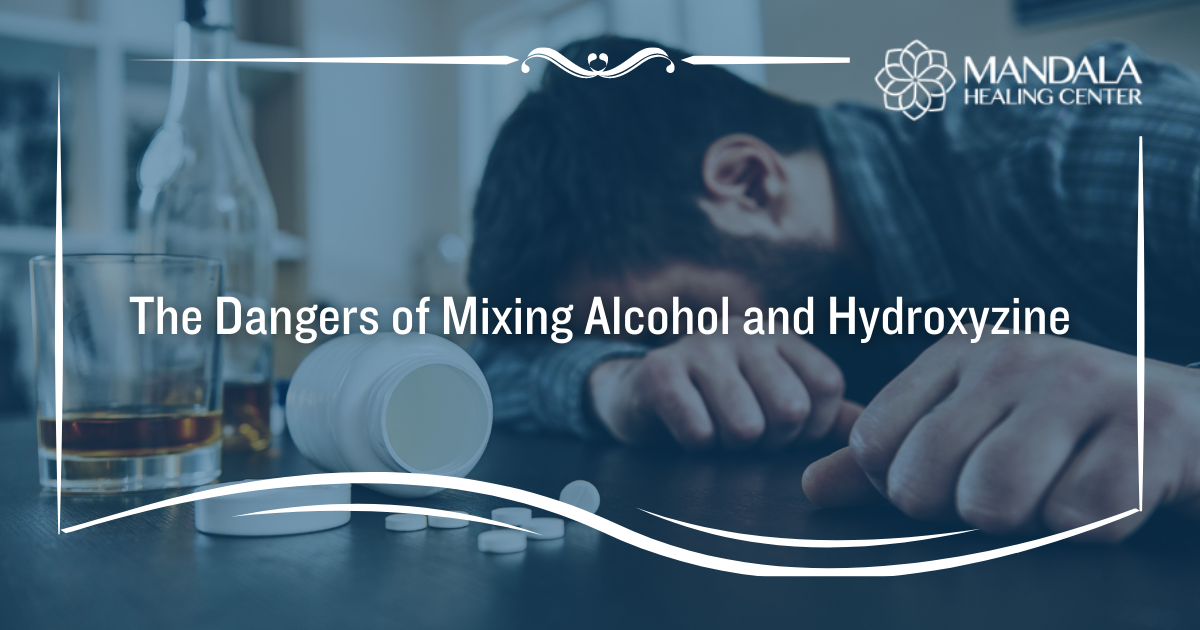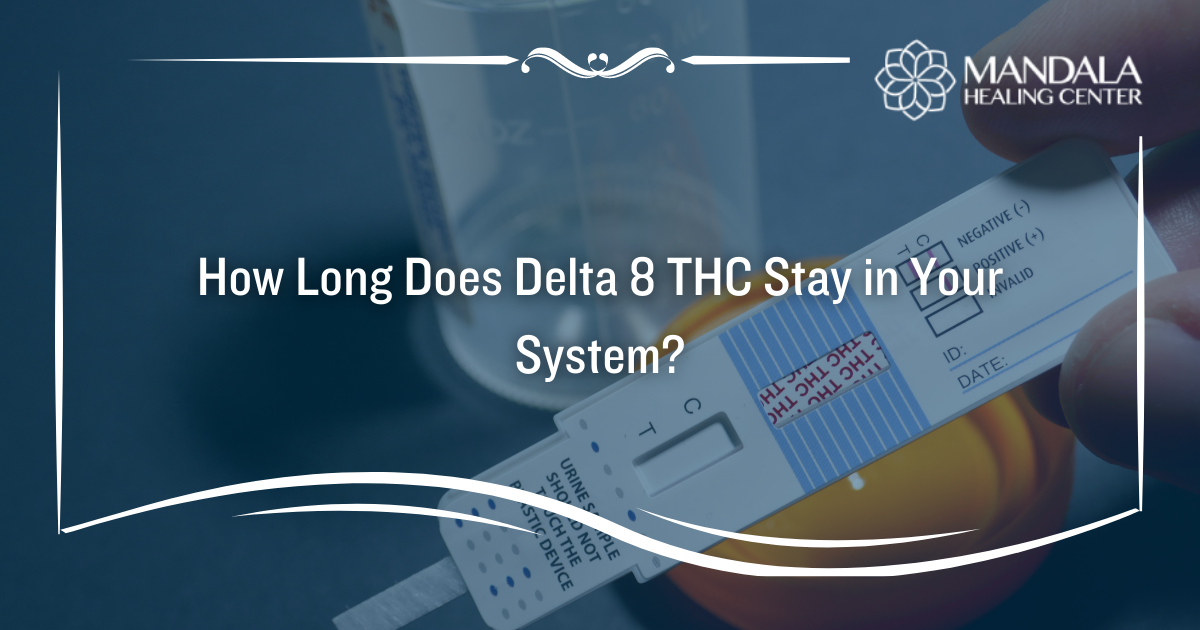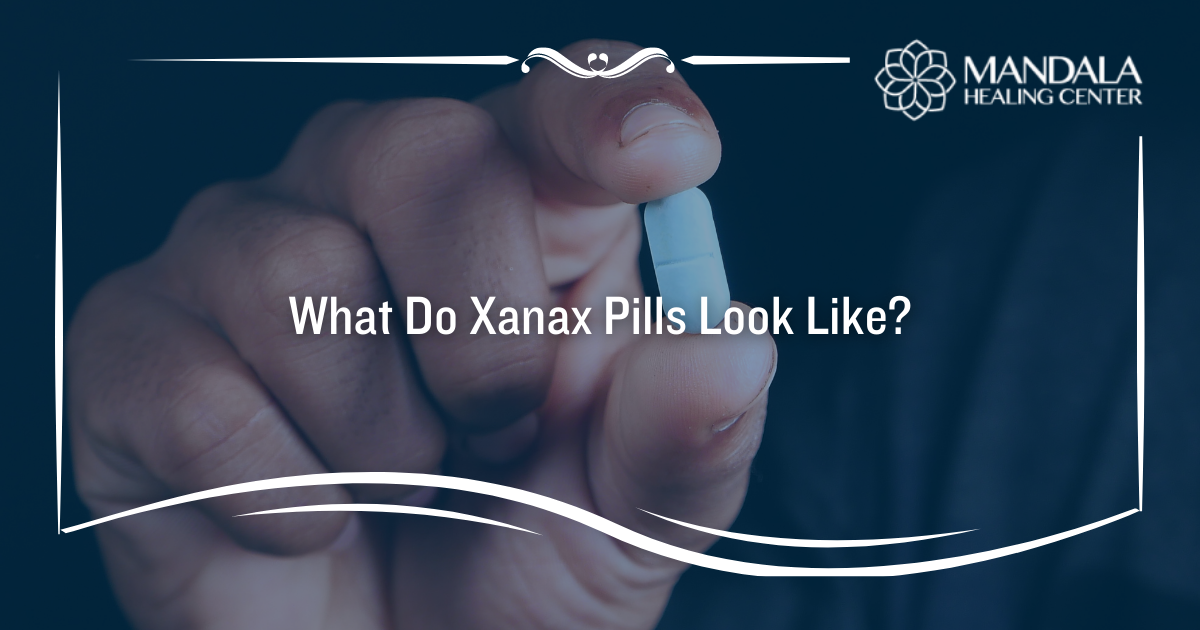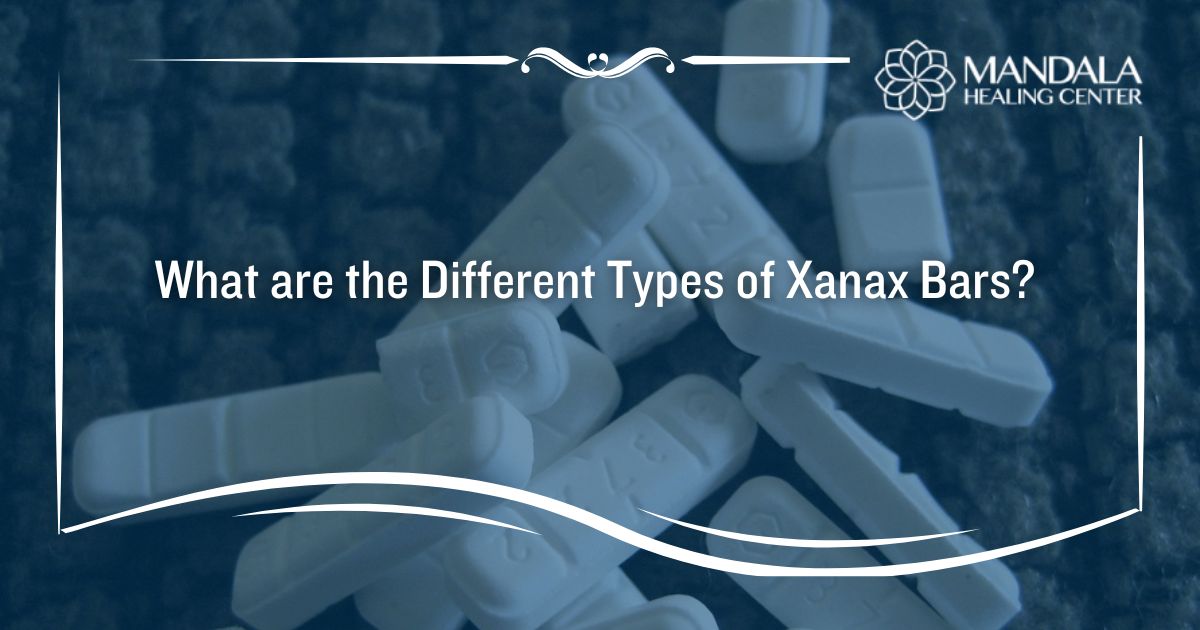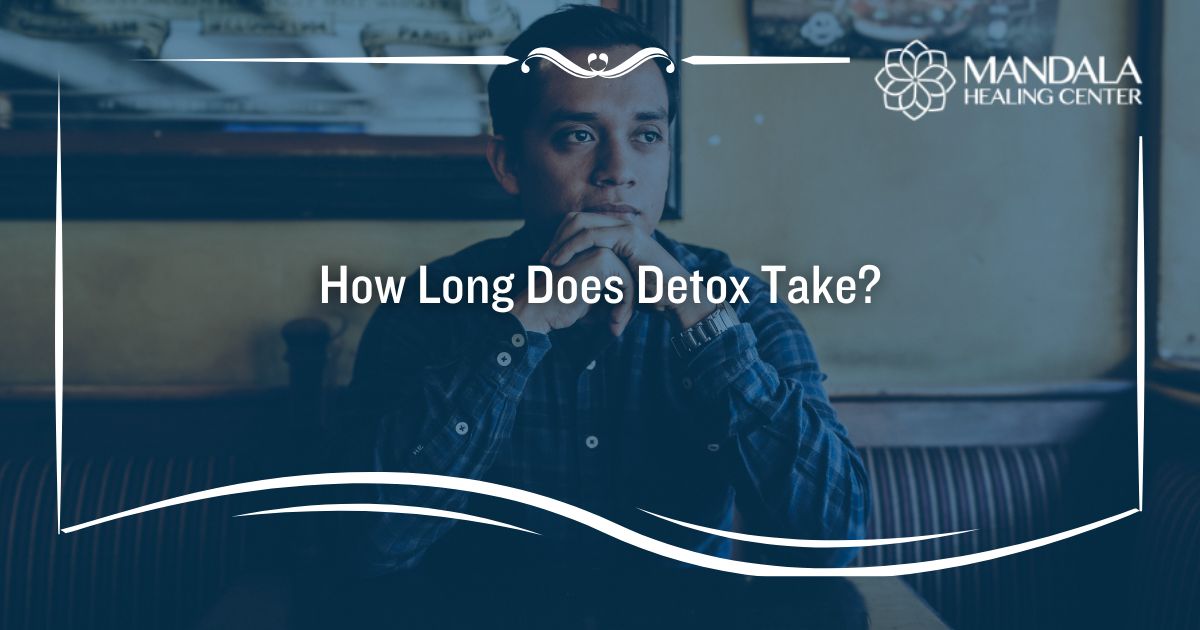Benzodiazepines are a class of drugs that are used to treat anxiety conditions and seizure disorders.[1] Sometimes they are used to manage insomnia or alcohol withdrawal as well. They cause sedative effects that can be useful for treating a wide range of conditions.
White benzodiazepines have legitimate medicinal uses, they are known to be habit-forming and addictive. For this reason, they are not intended for long-term use. Addiction to benzos can lead to adverse effects like withdrawal symptoms and even overdoses.
Two of the most common benzodiazepines include Valium (diazepam) and Ativan (lorazepam). While these substances have many similarities, there are also some differences to be aware of.
For example, Valium is long-acting while Ativan is intermediate-acting. Valium is also able to be prescribed to anyone above 6 months of age, while you must be at least 12 years old to take Ativan.
In this article, you will learn:
- What is Valium
- What is Ativan
- What are the differences between Ativan and Valium
What is Valium (Diazepam)?
Valium is the brand name for diazepam. It is a prescription benzodiazepine used to treat anxiety, seizures, and alcohol withdrawal.[2] Sometimes Valium is given to patients before anesthesia to calm them.
Valium can be addictive so it is only intended for short-term use. People might use it long-term if they are only taking it occasionally to treat anxiety.
The side effects of Valium include:[3]
- Dizziness and drowsiness
- Lightheadedness
- Fatigue or tiredness
- Coordination issues
- Trouble concentrating
- Headaches
- Confusion
- Shaking and tremors
If you have been using Valium for more than four weeks, you will need to taper off the medication to avoid withdrawal symptoms. Medical detox centers can help you overcome benzo withdrawal if you have been abusing Valium.
What is Ativan (Lorazepam)?
Ativan is the brand name for lorazepam. It is a prescription benzodiazepine that is used to treat anxiety, seizures, and insomnia. Like Valium, Ativan is only intended for short-term use because of the risk of addiction.
The side effects of lorazepam include:[4]
- Dizziness and drowsiness
- Tiredness or weakness
- Impaired coordination
- Nausea and vomiting
- Changes in appetite or weight
- Irritability or restlessness
- Constipation
- Vision issues
- Changes in sex drive or ability
If you have been taking Ativan longer than two weeks, you cannot suddenly stop taking it. You will experience withdrawal symptoms that could be life-threatening without treatment. For this reason, you should always attend a medical detox center.
Valium vs Ativan: Understanding the Differences
Valium and Ativan are both prescription benzodiazepines. They can be used to treat the same conditions and are both known to be addictive. Keeping this in mind, they have many differences to be aware of.
The main differences between Ativan and Valium include:
Recommended Age
Valium is approved for use by anyone over the age of 6 months old. Because of this, it might be used more often to manage seizures in children.
On the other hand, Ativan is not approved for anyone under the age of 12. This means it is not recommended for young children suffering from seizures or anxiety.
Uses
Both medications can be used to treat the same conditions. That said, there are certain circumstances where one medication is favored over the other.
For example, Valium is used when the patient is under the age of 12. Ativan might be more favored than Valium when a patient is experiencing insomnia.
Dosaging
The dosing for these medications is very different. The dosage for Valium ranges between 2mg to 10mg and is sometimes taken 2 to 4 times per day. On the other hand, Ativan dosages range between 2 to 6mg.
The maximum dosage for Valium is 30mg in 24 hours. In contrast, you can only take 10mg of Ativan in a single day.
Type
Valium is considered a long-acting benzodiazepine with a half-life of up to 48 hours.[5] This means it can take a long time for Valium to leave your system. It also indicates that Valium is more suited for conditions that need medication to work for a longer period.
On the other hand, Ativan is considered an intermediate-acting benzodiazepine. Your body will eliminate this drug faster than it can flush out Valium. This makes it ideal for rescue situations like treating panic attacks or occasional seizures.
Find Help for Benzodiazepine Abuse and Addiction
If you or a loved one is addicted to a benzodiazepine like Ativan or Valium, it’s time to seek help. Benzo addiction can be dangerous, leading to severe withdrawal symptoms like seizures and life-threatening overdoses when abused in excess. Because of this, you should always seek support from a professional addiction treatment center.
At the Mandala Healing Center, we offer evidence-based treatments for benzo addiction. You will participate in medical detox, therapy, relapse prevention planning, and more. In other words, we offer everything you need to successfully recover from Valium or Ativan addiction.
Contact us today to learn more about our benzodiazepine addiction treatment program.
References:
- The Drug Enforcement Administration (DEA): Benzodiazepines
- The National Alliance on Mental Illness (NAMI): Diazepam (Valium)
- The National Library of Medicine (NLM): Diazepam
- Medline Plus: Lorazepam
- The Food and Drug Administration (FDA): Valium (Diazepam) Label


